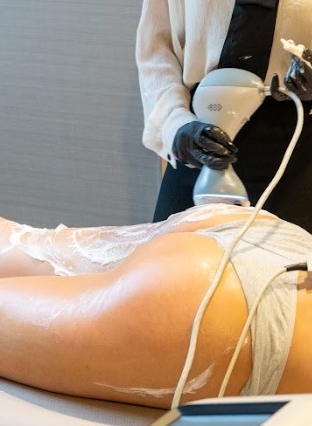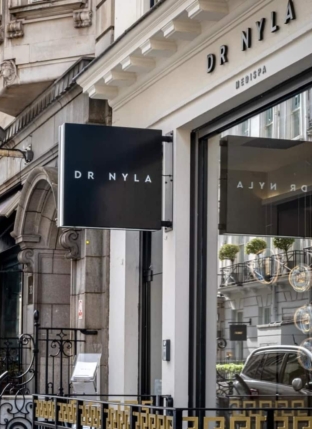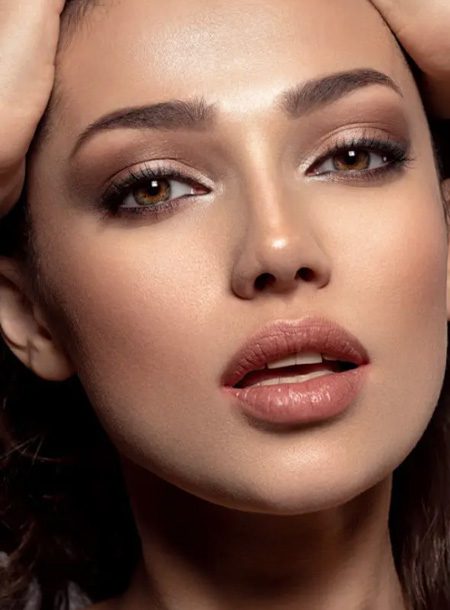News
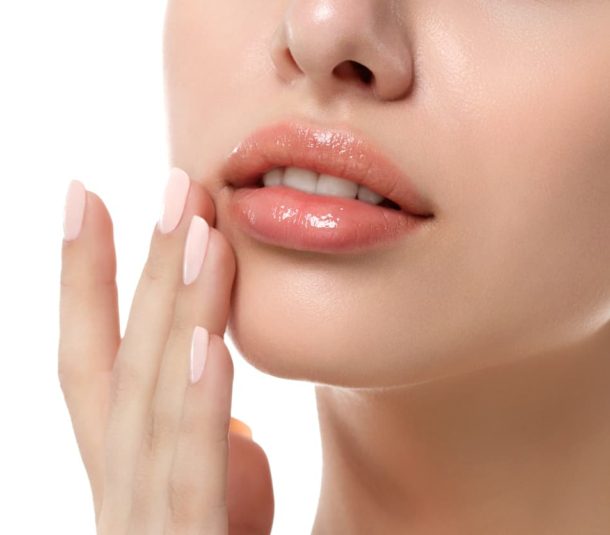
How long do dermal cheek fillers last?
20th April 2023According to a 2019 study, there were over 13.6m non-surgical treatments carried out worldwide; 4.3m of which were dermal fillers. In a society where celebrity culture and social media are becoming more relevant, this figure has only increased. Many turn to dermal fillers to fix problems with their lips, cheeks and under eyes as they are a temporary solution and can help smooth out lines and wrinkles.
Before undergoing treatment, it is important to understand the facts and what you can expect from dermal fillers. This includes how long they will last and how often you might have to top them up.
This guide will take a closer look at the types of cheek dermal fillers, their longevity and what you should consider before treatment.
Click on the link to jump to that section:
Find out the different types of dermal fillers, and which one is the most suitable for cheeks.
Read about how long dermal cheek fillers last, and in what areas of the cheeks you should consider.
Discover how often it is recommended to top up cheek filler treatment.
Find out how long cheek filler recovery takes, and the top tips you should know.
What type of fillers would you use for your cheeks?
You should always feel comfortable in your own skin. Dermal cheek fillers can help solve certain problems on the face, including sagging skin and undefined cheekbones. Typically, there are two types of cheek filler injections you can have:
Polylactic acid
Products include: Sculptra.
Instead of immediate results, this type of injection revives your body’s collagen production, where results occur steadily. This method is longer and can take around three monthly treatments to achieve the results.

Hyaluronic acid
Products include: Juvederm, Restylane.
This is the most typical type of dermal filler injection. Hyaluronic acid is a substance that is naturally found in our bodies; a single hyaluronic acid molecule can hold up to 1,000 times its weight in water.
As our body ages, we stop producing as much hyaluronic acid and consequently, this causes the body to become less supple and more prone to wrinkles. Fillers, in areas such as the lips and cheeks, help administer hyaluronic acid into problem areas to restore lost volume and smooth any lines.
At Doctor Nyla, we use temporary injectable Hyaluronic acid-based dermal fillers such as Juvéderm, Restylane, Belotero and Teosyal.
Find out more about dermal filler treatment here.
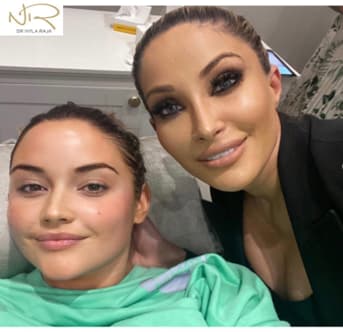 |
“Highly recommend Dr Nyla for natural subtle improvements”
– Jacqueline Jossa |
 |
| “Highly recommend Dr Nyla for natural subtle improvements”
– Jacqueline Jossa |
How long do dermal cheek fillers last?
Once the swelling has reduced, it is expected to see results from cheek dermal fillers after a couple of days. It is important to understand that swelling and soreness are to be expected after the treatment and injections. If you are concerned about any side effects, consult your doctor for clarity.
Cheek dermal fillers can last anywhere between six to twelve months. This will depend on the cheek filler product used and the age of the client. Unlike lip fillers, there is less movement in the cheeks, which makes them last longer than other facial dermal fillers.
The longevity of dermal cheek fillers may also depend on where in the skin they are injected:
High in the cheekbone
One of the reasons someone might want dermal cheek fillers is that they may want more defined cheekbones. In these cases, cheek dermal fillers should be applied above the cheekbones to provide more structure to the face. These can last from six to twelve months.
Deep under the bone
Cheek injections can also be applied deep under the cheekbones. This injection method protects the hyaluronic acid filler from external factors that may cause ageing; such as sunlight. This will assist in making the cheek fillers last longer and provide better results in the months following the treatment.
As the hyaluronic acid solution eventually dissolves and metabolises into the skin tissue, dermal fillers are temporary and a good alternative to permanent and invasive cheek implants or other plastic surgery procedures.
Discover more about the benefits of dermal cheek fillers here.

Book in a free consultation with our expert team
- Over 50 non-surgical treatments and therapies
- Free consultation including tailored plan
- Luxury clinics in London, Cheshire & Liverpool
How often do dermal cheek fillers need to be redone?
The cheeks typically have less movement than other skin areas, therefore they last longer than other dermal fillers. However, after a long period, they will still need to be topped up if you are wanting to keep the look.
Hyaluronic acid fillers – six to twelve months.
Polylactic acid – once a year.
Please bear in mind that timings are only guidelines. Make sure to book a consultation with a qualified practitioner that can help you through these steps and determine when you should seek more treatment.
Book a consultation with Doctor Nyla here.
How long does recovery take?
After getting dermal cheek filler treatment, you can expect to see results fairly quickly, but there may be a small amount of swelling which will go down within a few days. To help speed up the recovery process, make sure to follow these tips:
| Top Tips | Why |
|---|---|
| Avoid drinking alcohol. | Drinking alcohol may cause bruising and swelling. Make sure not to drink alcohol before the treatment, and for twenty-hours after the procedure. |
| Avoid any blood thinning medications. | Although there might be some soreness after dermal fillers, blood thinning medication such as Aspirin should be avoided. This can also cause bruising and swelling. |
| Avoid wearing makeup. | Try to avoid wearing makeup for twenty-four hours after the treatment. |
| Try not to exercise after treatment. | Try not to perform any exercise or strenuous activities for two weeks after treatment. |
| Avoid long periods of sun exposure. | The sun’s UV rays are a harmful factor for the skin and can cause redness around the treatment area. Try to stay indoors for at least one to two days after dermal filler treatment. |
Doctor Nyla is one of the top cosmetic doctors in the UK, and provides a range of non-invasive treatments, such as dermal fillers. Our approach includes a consultation to review your specifications and to find a treatment suitable for your individual needs.
Frequently asked questions
What cosmetic issues can dermal fillers address?
Lifestyle choices such as sun exposure, smoking and excessive drinking may deteriorate the elasticity of the skin. Dermal fillers can help add volume to the cheeks and define weaker cheekbones.
Find out more about different cheek concerns, and what treatments you should consider here.
What is the difference between dermal cheek fillers and Botox?
Both Botox and dermal filler treatments are used similarly; typically used to treat wrinkles on the face and are delivered by injections. However, they slightly differ. Botox is a muscle relaxant made from bacteria and is used to treat dynamic wrinkles that occur naturally around the eyes and mouth.
Likewise, dermal fillers are used to treat wrinkles. These are primarily used to treat smile lines and to plump volume around the face.
Find out more information about dermal fillers here.
Related content
Dermal Filler Treatment | Cheshire | Liverpool | London

